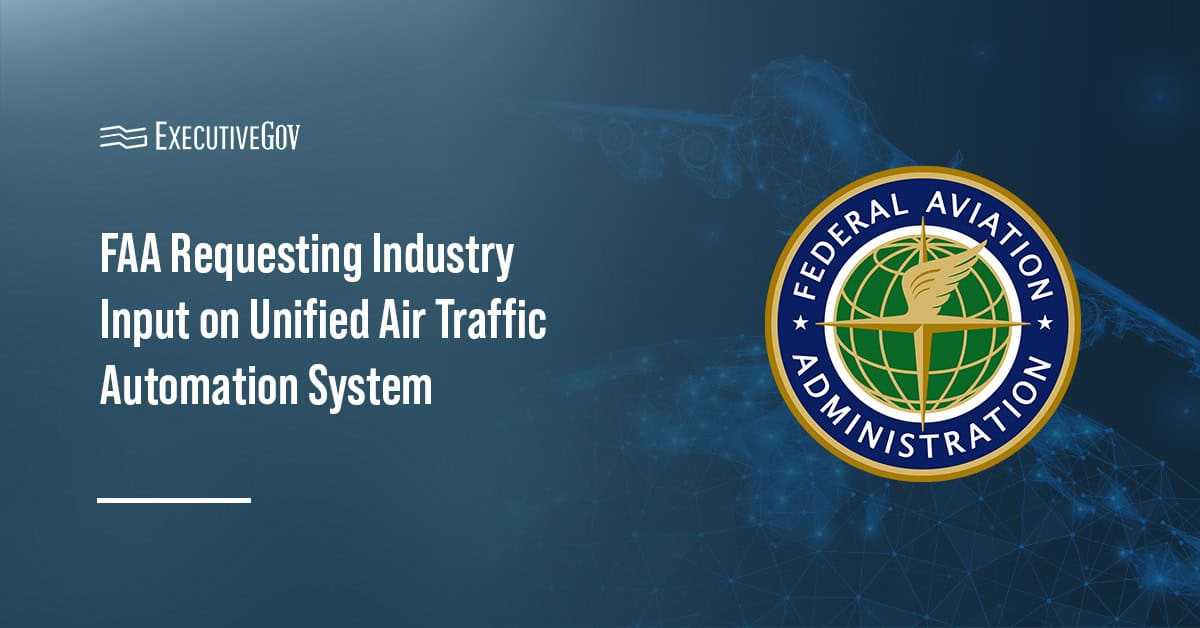The U.S. Air Force's 85th Test and Evaluation Squadron has demonstrated the F-15C Eagle aircraft's ability to fire an air-to-air missile via an infrared-based targeting system, DVIDS Hub reported Tuesday.
The aircraft fired an AIM-120 Advanced Medium-Range Air-to-Air Missile to intercept a QF-16 aerial target on Thursday at Eglin Air Force Base.
Lockheed Martin’s Legion Pod Infrared Search-and-Track system provided passive tracking and worked with the APG-63v3 radar to deliver the target location. Multiple sensors gathered data to support the interception.
“This successful live missile test is significant because an F-15 equipped with an IRST-cued AIM-120 allows us to achieve detection, tracking, targeting, weapons employment and verification of an intercept without being dependent upon radar energy,” said Maj. Brian Davis, chief of air-to-air weapons and tactics at the 85th TES.





